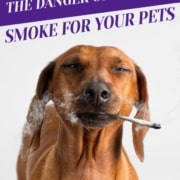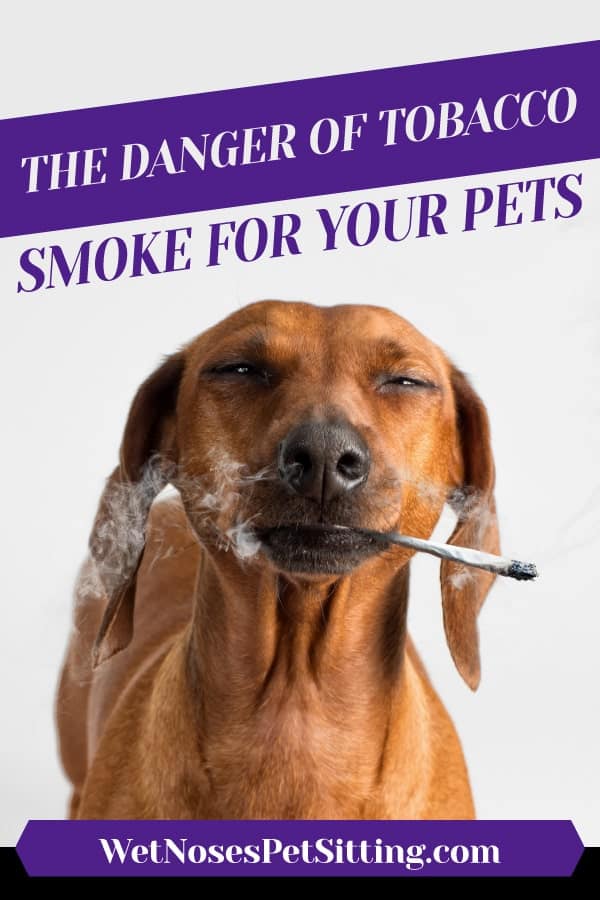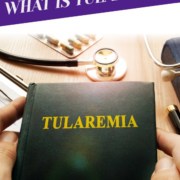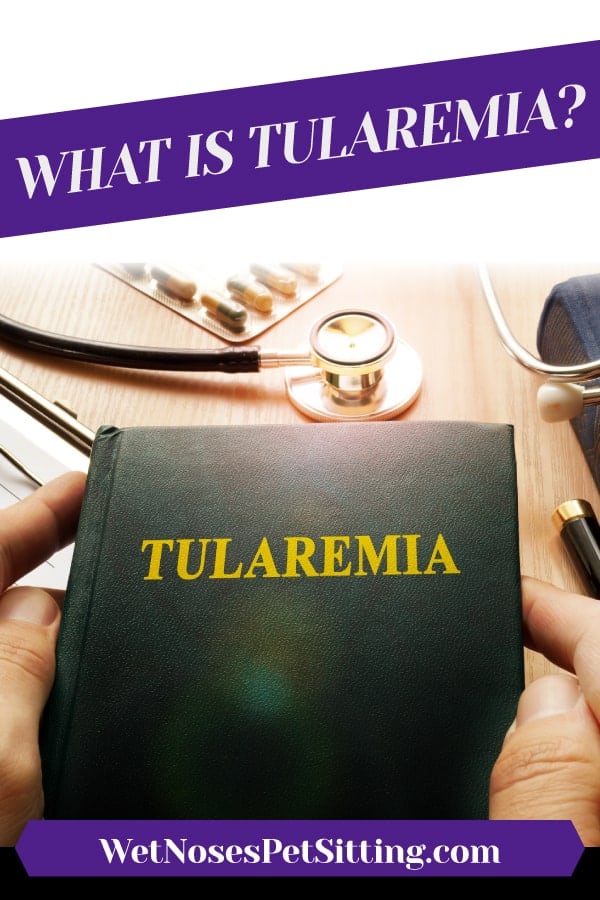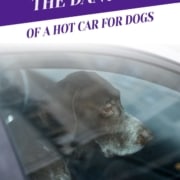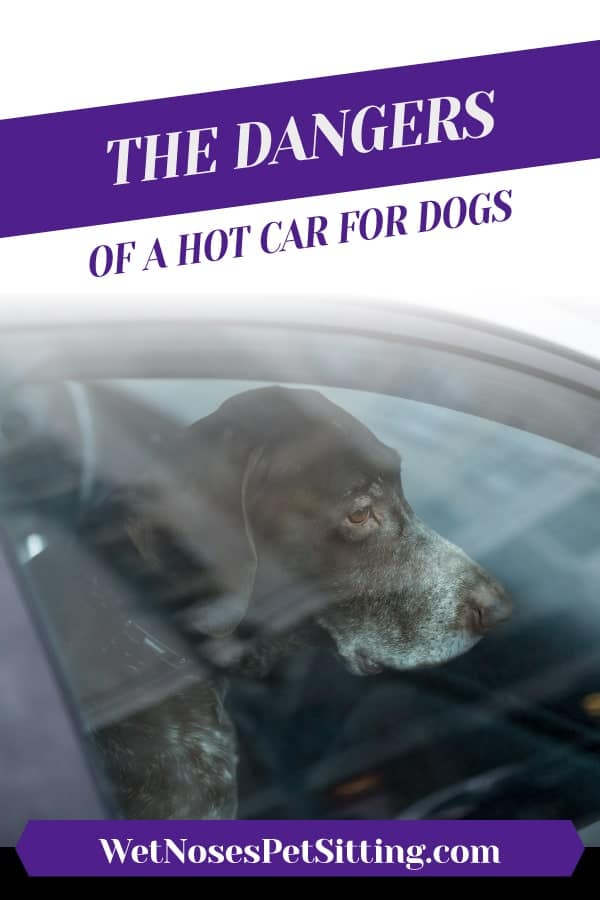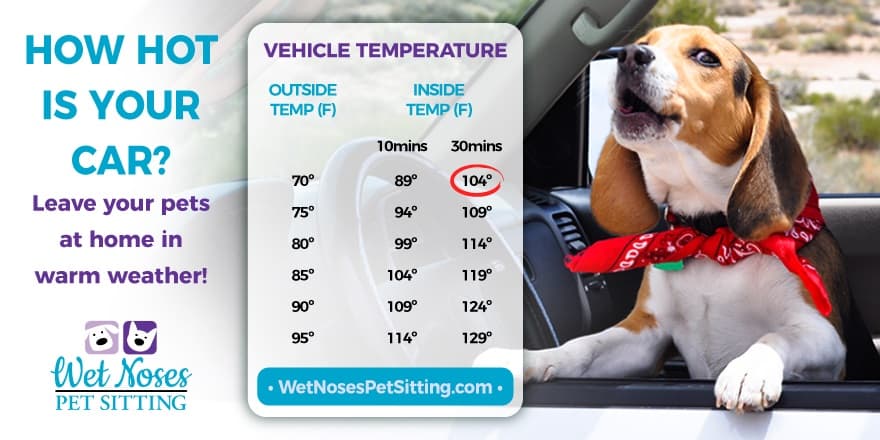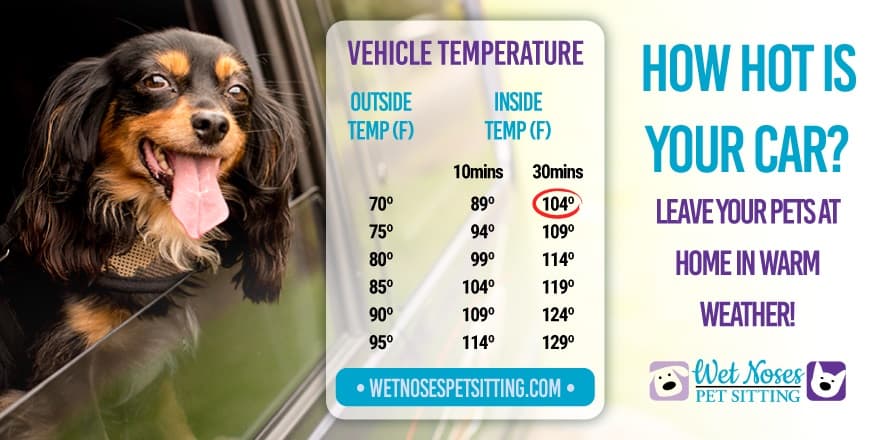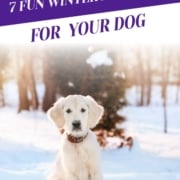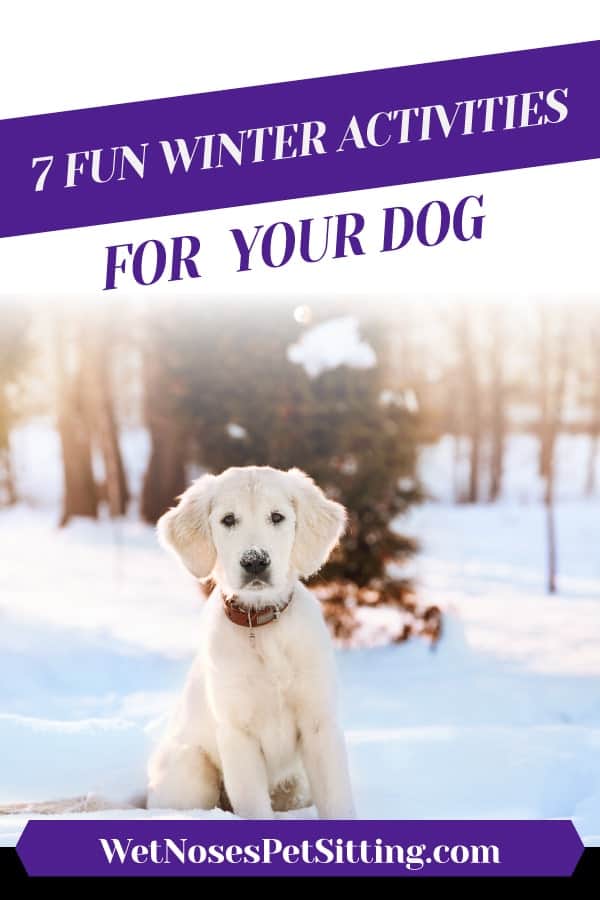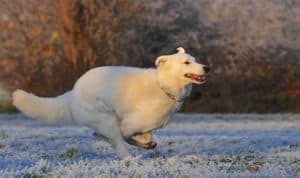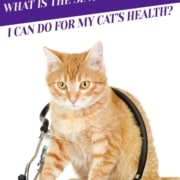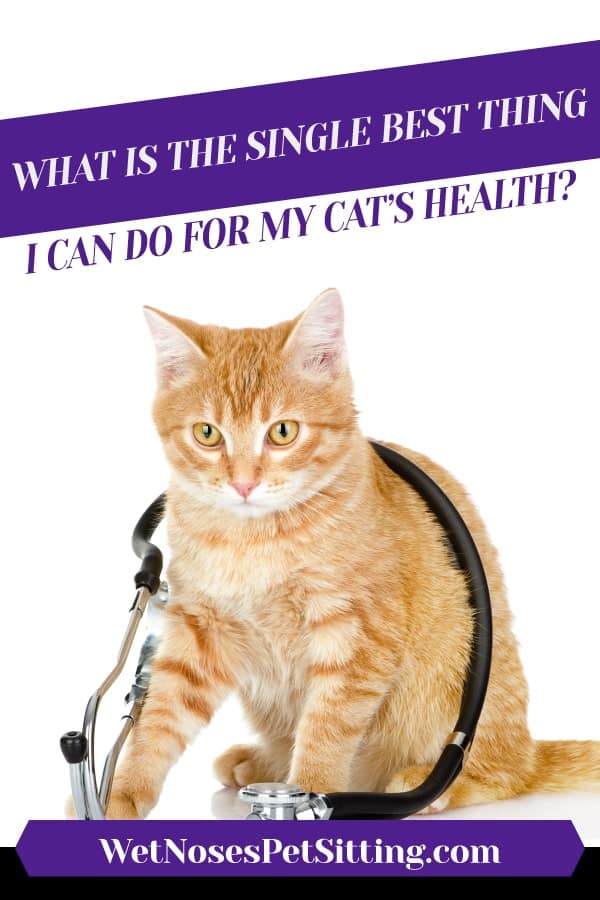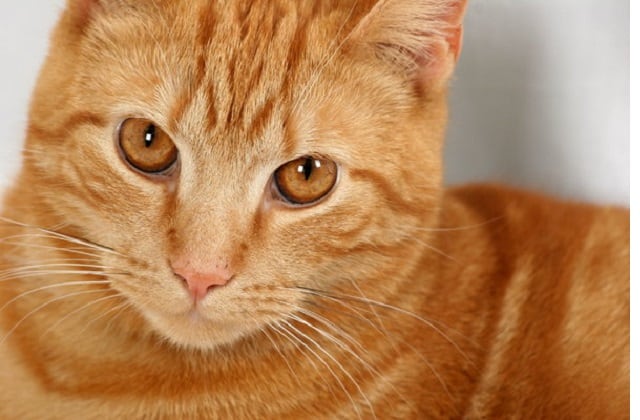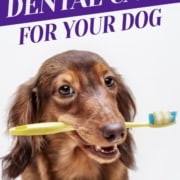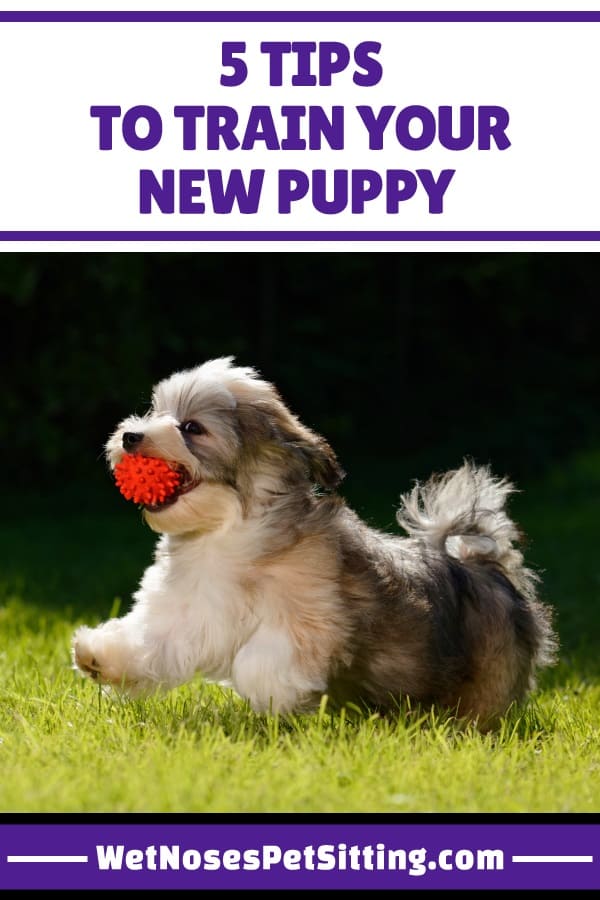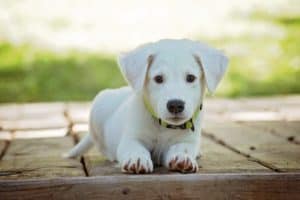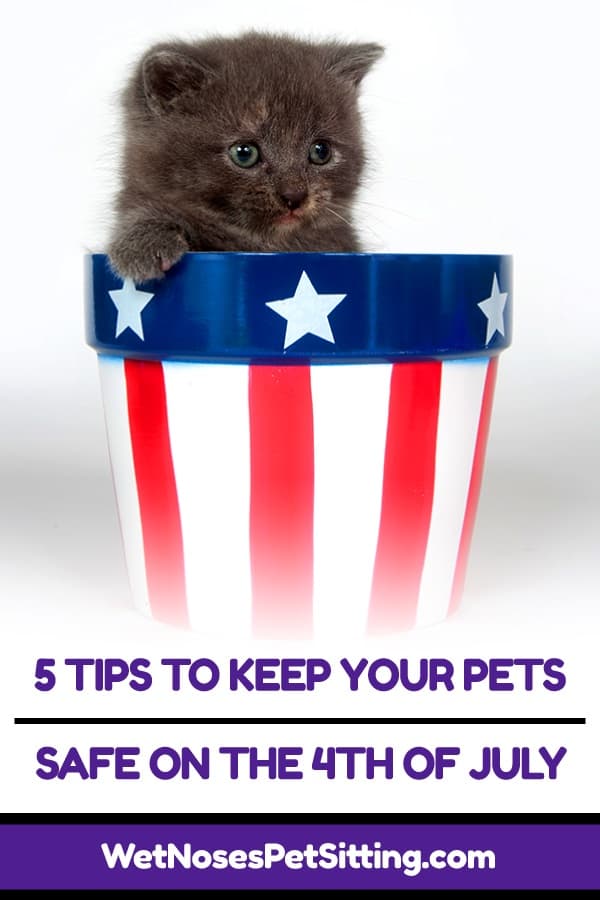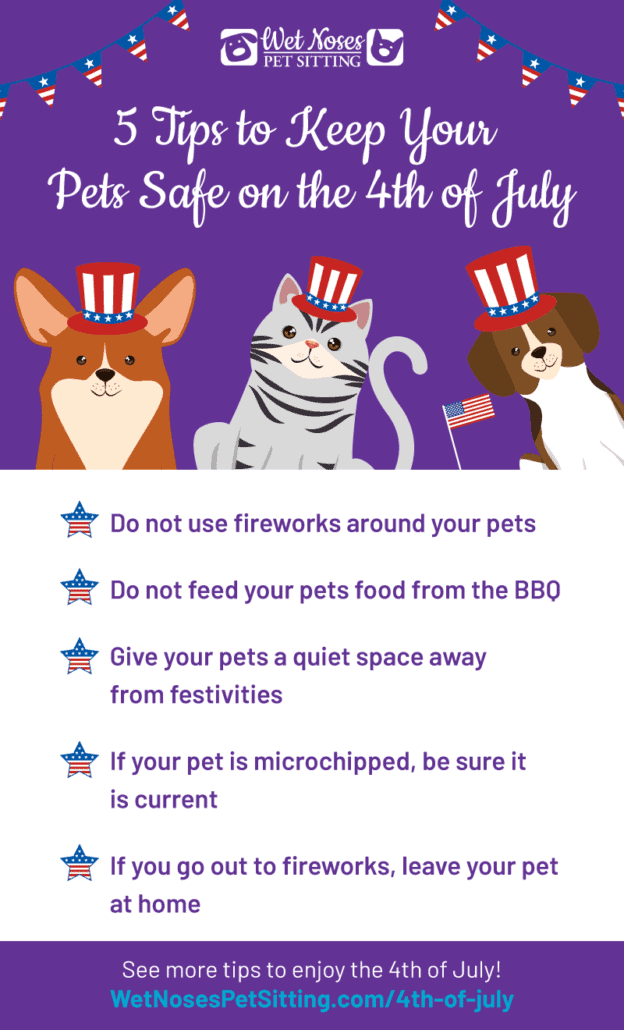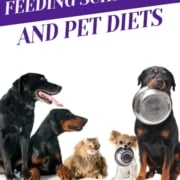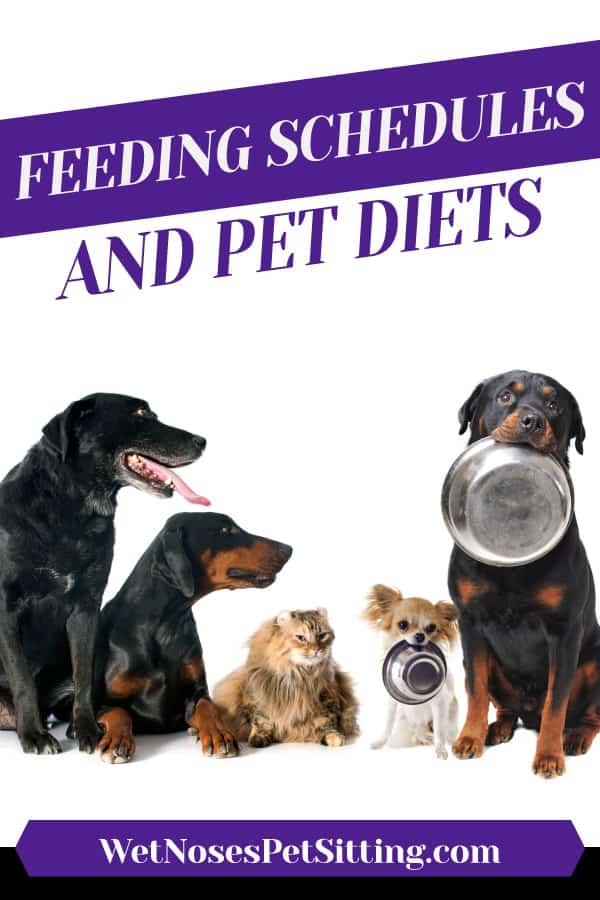The Danger of Tobacco Smoke
We all know secondhand smoke is a health threat to humans, but did you know it can affect your pet as well? Studies have concluded that exposure to tobacco smoke can cause lung and nasal cancer, as well as allergies, in dogs; oral cancer and malignant lymphoma in cats; lung cancer, eye and skin diseases in birds; and respiratory issues for all.
Are you familiar with the newly termed “third hand” smoke? It is the residue that remains on skin, fur, furniture, clothing and other objects, even after the smoke has cleared the air. This can be just as dangerous to both you and your four-legged friend, especially your furry feline. Cats are known to groom themselves regularly. As they lick their fur, they ingest the toxins tobacco smoke leaves behind, which can damage the tissues within the mouth and lead to oral cancer.
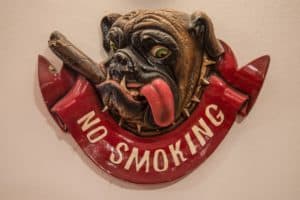
Research shows dogs living with pet parents who smoke are more likely to suffer from respiratory diseases and lung cancer than dogs who live in a smoke-free home. The risk of nasal passage cancer increases 250% in long-nosed dog breeds with exposure to high levels of tobacco smoke, as the numerous poisons within the smoke build up in the nasal passages. However, the poisons are more likely to make their way to the lungs of short-nosed breeds.
Symptoms of cancer in animals include weight loss, difficulty eating and/or breathing, drooling, vomiting, nasal discharge, coughing, bleeding and sneezing. If your pet displays any of these symptoms, please seek advice from your vet.
Many smokers, upon realizing the negative affects their habit can have on their beloved pet, become more motivated to quit smoking. Others make a concerted effort to smoke away from their pet, usually outdoors. In a study published by Tobacco Control, researchers found 28.4% of smokers said learning the impact of second and third hand smoke on their pets motivated them to drop the habit.
It is no secret that smoking cigarettes is dangerous to a person’s health. Now we know it can also be detrimental to our beloved pets.

